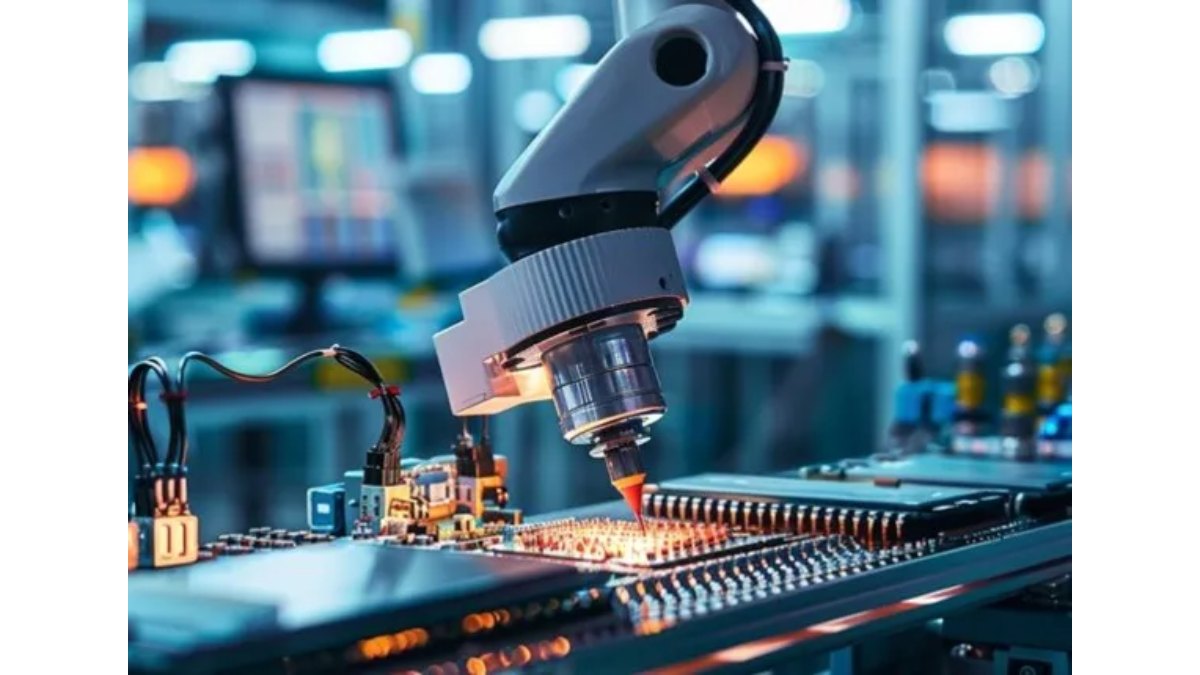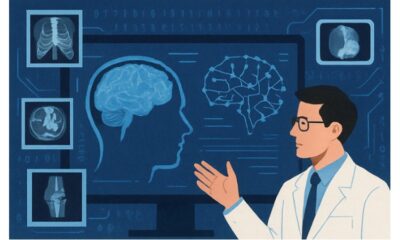Tech
The Future of Electronics: Innovations and Trends Shaping the Industry

The world of electronics is in a constant state of evolution, driven by rapid advancements in technology, changing consumer demands, and the need for sustainable solutions. From the development of cutting-edge semiconductors to the integration of artificial intelligence, the electronics industry is at the forefront of innovation. This article delves into the latest trends and breakthroughs that are reshaping the landscape of electronics, highlighting how these developments are impacting both businesses and consumers.
1. Advancements in Semiconductor Technology- Semiconductors are the building blocks of modern electronics, and recent advancements in this field are revolutionizing the industry. The development of advanced materials like gallium nitride (GaN) and silicon carbide (SiC) is enabling the creation of more efficient and powerful electronic devices. These materials offer higher thermal conductivity and can operate at higher voltages and frequencies, making them ideal for applications in electric vehicles (EVs), renewable energy systems, and high-performance computing.
Moreover, the miniaturization of semiconductors continues to push the boundaries of what is possible. Moore’s Law, which predicts that the number of transistors on a microchip doubles about every two years, is still a driving force in the industry, although the pace of advancement has slowed. Companies like Intel and TSMC are investing heavily in research and development to maintain this trajectory, with a focus on 3D chip stacking and advanced lithography techniques.
2. The Rise of Artificial Intelligence (AI) and Machine Learning (ML)- Artificial intelligence and machine learning are no longer just buzzwords; they are integral components of modern electronics. AI is being integrated into a wide range of devices, from smartphones and smart home appliances to industrial machinery and autonomous vehicles. The ability of AI to process vast amounts of data in real-time and make intelligent decisions is transforming how these devices function and interact with users.
For example, AI-powered voice assistants like Amazon’s Alexa and Apple’s Siri are becoming increasingly sophisticated, capable of understanding natural language and performing complex tasks. In the automotive industry, AI is driving the development of advanced driver-assistance systems (ADAS) and autonomous driving technologies, which promise to enhance safety and efficiency on the roads.
3. Sustainability and Green Electronics- As the world becomes more conscious of environmental issues, the electronics industry is under increasing pressure to adopt sustainable practices. This includes the development of energy-efficient devices, the use of eco-friendly materials, and the implementation of recycling programs to reduce electronic waste (e-waste).
One notable trend is the rise of energy-harvesting technologies, which allow devices to generate power from their environment. For instance, solar-powered sensors and kinetic energy harvesters are being used in IoT devices to reduce reliance on batteries. Additionally, companies are exploring the use of biodegradable materials and designing products with a longer lifespan to minimize the environmental impact of electronic waste.
In the future, wearable technology is expected to play a more significant role in healthcare, with devices that can monitor chronic conditions and provide real-time feedback to both patients and healthcare providers. The integration of wearables with telemedicine and remote patient monitoring is also likely to become more prevalent, making healthcare more accessible and convenient.
Dr. Rishi Pal
Associate Professor
Chandigarh University
-

 Lifestyle4 weeks ago
Lifestyle4 weeks agoBob Gerace Discusses Coaching Themes: Confession, Reconciliation, Communication, Intimacy, and Fatherhood
-

 Education3 weeks ago
Education3 weeks agoAn Exclusive Interview With Holly Gold: The Heart and Vision Behind The Little Schools
-

 Travel4 weeks ago
Travel4 weeks ago8000 Voices, One Vibe — Ludhiana Sang Every Word with Talwiinder at Bangr Arena
-

 Business3 weeks ago
Business3 weeks agoCorporate Event Catering in Manchester: What Businesses Need to Know (and why Manchester sets the bar)
-
Tech4 weeks ago
Harrington Quality Management System (HQMS): Flagship Platform of Harrington Group International
-

 Apps3 weeks ago
Apps3 weeks agoCanva Launches AI-Powered Design Model and New Creative Features
-

 Business3 weeks ago
Business3 weeks agoCorporate Christmas Gifting Makes a Big Comeback
-

 Travel3 weeks ago
Travel3 weeks agoExploring Europe’s Most Photogenic Cities for Your Next Trip




















